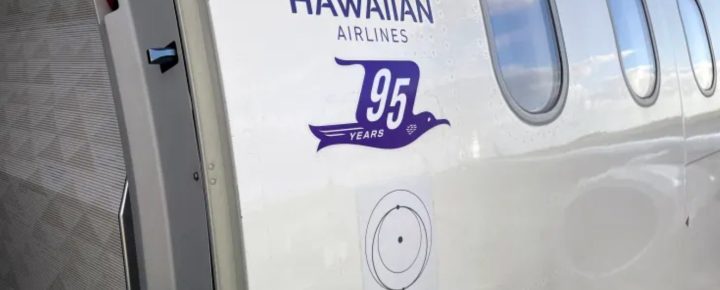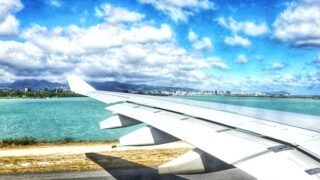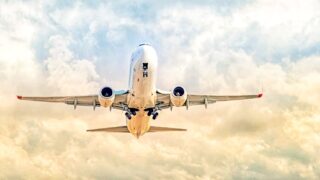In today’s always-connected world, staying online, even while flying to Hawaii, has become natural and expected. From texting with loved ones to being productive during long Hawaii flights, passengers now expect reliable internet access at 30,000 feet. The technological journey to achieving this has seen multiple generations of advancement leading to today’s announcement.
Hawaiian just leapfrogged all competitors today.
The airline has completed the long-awaited installation of its first SpaceX Starlink satellite Wi-Fi. Its first commercial flight deployment with the new Wi-Fi was this week. Hawaiian is the only major U.S. airline to offer this latest satellite-based connectivity, and it comes with the promise of a new standard of high-quality service. Starlink said that the service onboard will be equal to or better than what passengers experience at home.
Announced nearly two years ago, the deal made Hawaiian Airlines the first major carrier to use the Starlink network of more than 5,000 low earth orbit satellites. Hawaiian has now joined over two million customers already using the service terrestrially.
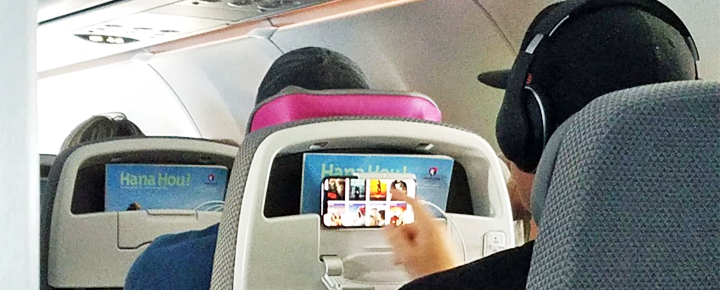

There is no charge whatsoever to use the new WiFI service on Hawaiian Airlines.
In today’s environment, airlines mostly charge $8 for domestic Wi-Fi. The only other U.S. airlines to offer it free to passengers are Delta and JetBlue. It will be interesting to see if this changes how much remaining airlines charge.
So far, the airline has installed six of its narrow-body A321neo planes with the new service since the FAA approved it. By year-end, Hawaiian plans to deploy Starlink across all A321 and A330 aircraft. It will also be on the new Boeing 787 planes, of which the airline will soon introduce its first one.
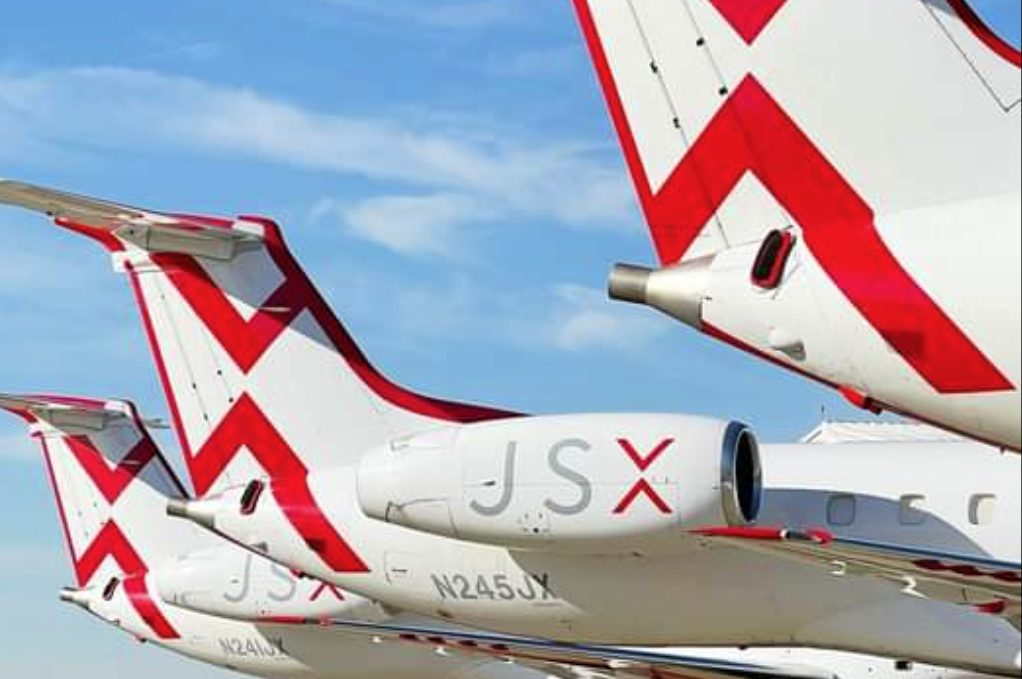

Starlink previously deployed its service on California airline JSX, and signed deals with AirBaltic, Zipair, and Qatar Airways. Delta Air Lines has also investigated using Starlink. The fast service provides YouTube, Netflix, and video chat over the Pacific Ocean at 30,000 feet. In 2022, SpaceX held a media demo flight on JSX. They were the very first airline to sign on with Starlink service but were soon quickly matched by Hawaiian.
Hawaiian Airlines made waves in aviation by announcing its plans. Two striking elements were 1) a completely free offering and 2) they were the first large-scale Starlink airline customer.
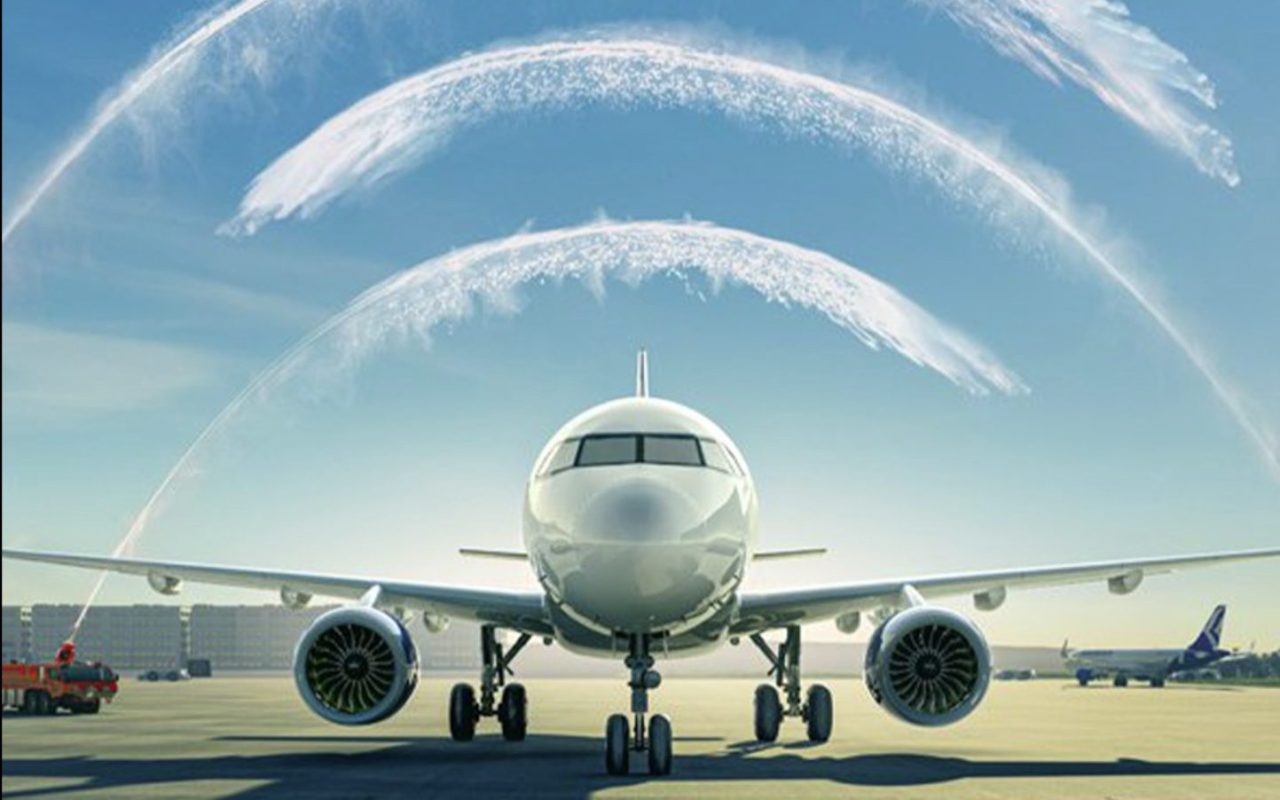

How did airline satellite Wi-Fi to Hawaii evolve?
Ku-band Satellite Wi-Fi – the early years.
It started with the introduction of Ku-band satellite technology, which offered the ability to provide limited internet access to passengers. Ku-band satellites allowed for reasonably high-speed internet connectivity over land, the Atlantic, and the Pacific. Lufthansa was perhaps the first airline to embrace the technology.
In the U.S., United Airlines was the launch carrier for Ku-band, including on Hawaii flights. That was 2013. United announced then that it had successfully flown a 747 worldwide with a continuous internet connection that no longer relied on prior air-to-ground transceivers. Soon after, they ordered the service for 300 planes, and the rest is history.
The Panasonic Ku-band satellite WiFI that United installed back then, cost passengers up to $20 per flight. The company began installing it across its 737, 757, 777 and 787 planes.
As is typical with new technologies, KU-band was bandwidth-constrained, resulting in slow and unreliable service and frustrated passengers (which we can attest to). Coverage areas tended to be spotty, which added to the annoyance.
Ka-band came next with far better connectivity.
It had noticeably better speed, reliability, and bandwidth. Features like video streaming and conferencing with little lag became possible for the first time. KA-band dramatically changed in-flight entertainment for the better. We have found KA-band to be highly usable, with some exceptions.
Early adopters of Ka-band included Lufthansa (Panasonic), JetBlue (ViaSat), Qantas (ViaSat/NBN), and Emorates (Inmarsat). United Airlines also embraced the move from Ku to Ka-band satellite technology through its partnerships with Panasonic and Viasat.
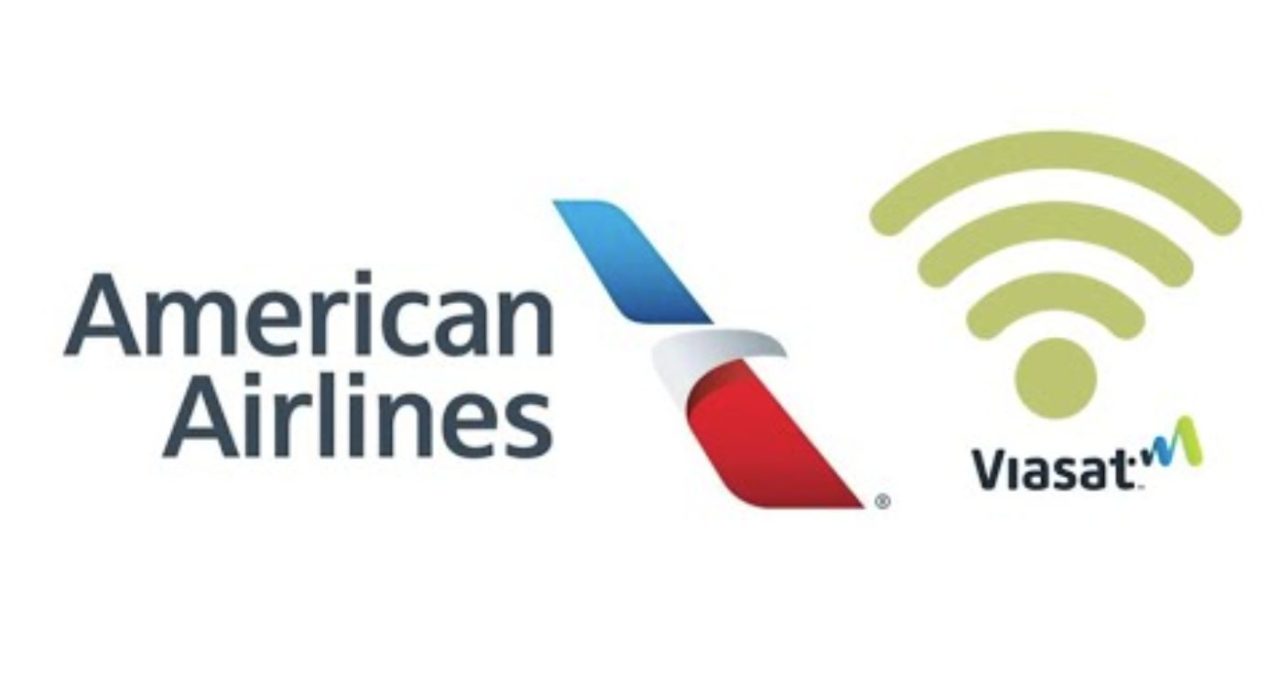

Other airlines flying to Hawaii, including Delta Air Lines and American Airlines, have adopted Ka-band for over water flights, including to Hawaii.
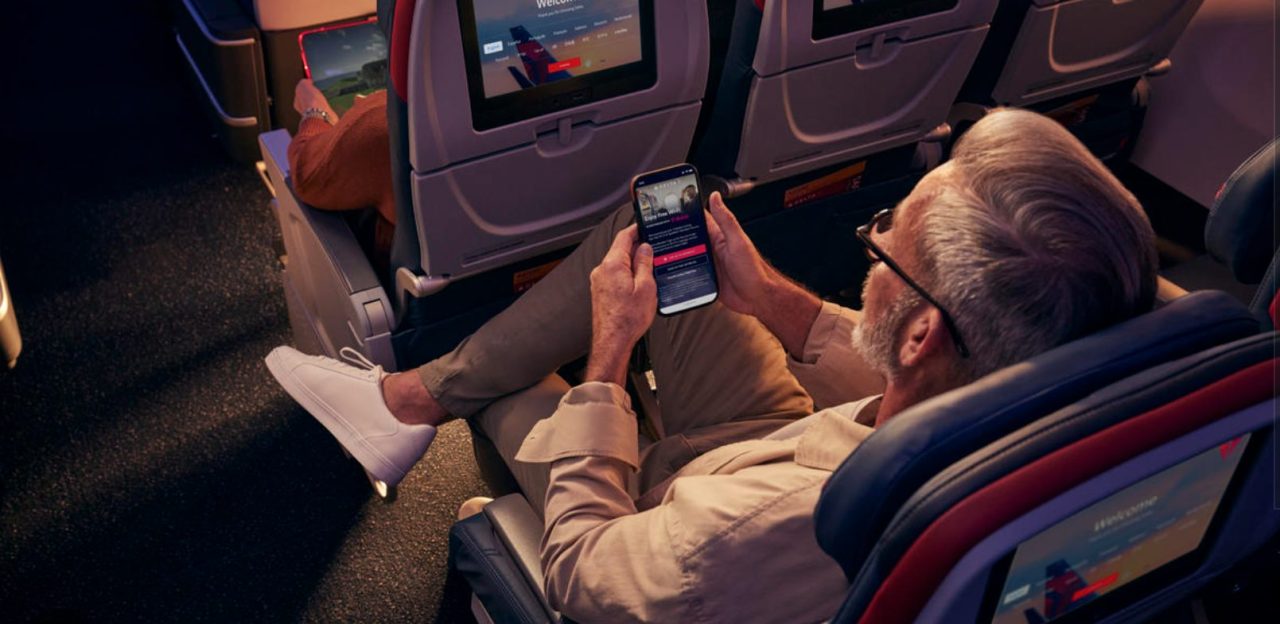

Are you looking forward to the new free satellite Wi-Fi era on Hawaiian?
Get Breaking Hawaii Travel News
